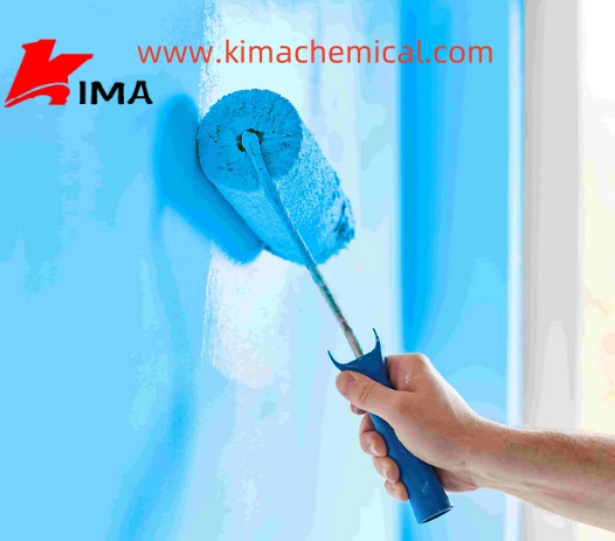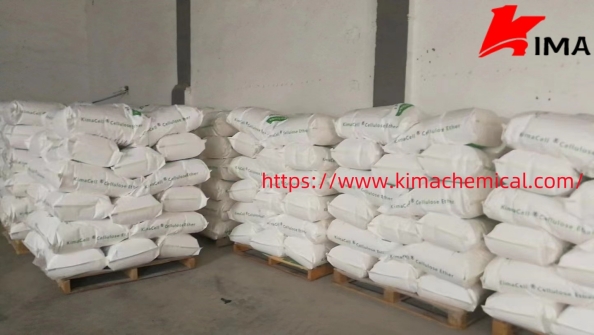MHEC (methyl hydroxyethyl cellulose) is a thickener and modifier commonly used in water-based coatings. It can not only increase the viscosity of the coating, but also effectively improve the adhesion and film-forming properties of the coating.

Basic properties of MHEC
MHEC is a cellulose compound with water solubility and adjustable viscosity. Its molecular structure contains hydroxyethyl and methyl groups, which makes it highly stable in aqueous solutions and can effectively improve the processing properties of coatings. By adjusting the molecular weight and degree of substitution of MHEC, the rheological properties, coating properties, adhesion and other important properties of the coating can be adjusted as needed.
Application in industrial coatings
In water-based industrial coatings, MHEC is mainly used to improve the fluidity of the coating, extend the open time and improve the uniformity of the coating. Due to its excellent water solubility and thickening effect, MHEC can help the coating maintain good stability during the construction process and avoid problems such as stratification and precipitation. The main functions of MHEC in coatings include:
Thickening effect: increase the viscosity of the coating, making the coating more suitable for various construction methods, especially spraying and brushing.
Retention: Improves the rheological properties of the coating, making it less likely to dry and crack during construction, and can maintain good fluidity.
Suspension: Helps disperse solid particles in the coating to prevent pigments or fillers from settling.
Water retention: Delays water evaporation, increases the open time during construction, and ensures that the coating can be evenly covered.
Improves adhesion
The adhesion of the coating is an important indicator of the durability and durability of the coating. In many industrial applications, the coating must be firmly attached to the surface of the substrate to prevent flaking, shedding or peeling. The addition of MHEC can significantly improve the adhesion of the coating, mainly through the following mechanisms:

Improved surface wettability: MHEC can increase the wettability of the coating, making it easier to penetrate into the tiny depressions and pores on the surface of the substrate, thereby improving the physical bonding between the coating and the substrate.
Enhanced adhesion: The molecular chains of MHEC in the coating can form cross-links with the surface of the substrate through non-covalent forces such as hydrogen bonds and van der Waals forces, thereby enhancing the adhesion of the coating.
Optimize rheology: Properly adjusting the content and performance of MHEC can improve the spreadability and adhesion of the coating on the substrate surface while ensuring the fluidity of the coating, so that it can form a more stable coating film.
Improve film-forming properties
The film-forming properties directly affect the durability, hardness, gloss and other properties of the coating. MHEC can enhance the film-forming properties of the coating through the following ways:
Promote film formation: MHEC can work with water-based resins to promote the cross-linking of resin molecules in the coating to form a film during the drying process. Its thickening properties help control the rate of water evaporation, thereby affecting the stability of the film-forming process.
Improve film integrity: The polymer chain structure of MHEC helps to form a more uniform and solid film layer, improving the scratch resistance and anti-aging ability of the coating.
Improve the permeability resistance of the film: Since MHEC molecules have a certain hydrophilicity, they can help form a denser film structure, reduce the penetration of water and other harmful substances, and enhance the protective function of the coating.

The application of MHEC in industrial coatings can significantly improve the adhesion and film-forming properties of the coating, thereby improving the overall performance of the coating. It can not only improve the rheology, water retention and suspension of the coating, but also effectively enhance the adhesion between the coating and the substrate, making the coating more durable and stable in various harsh environments. By reasonably controlling the amount of MHEC added and adjusting its molecular structure, the performance of the coating can be optimized under different application requirements to achieve the ultimate performance improvement.
 English
English 日本語
日本語 français
français Deutsch
Deutsch Español
Español italiano
italiano русский
русский português
português العربية
العربية Türkçe
Türkçe Nederland
Nederland






